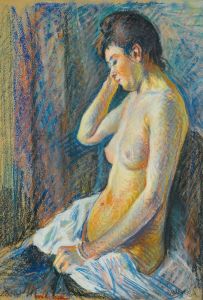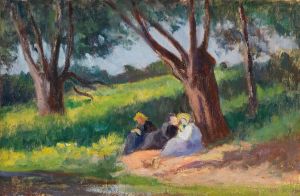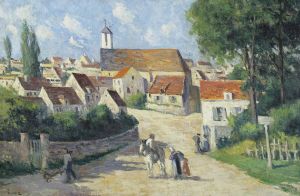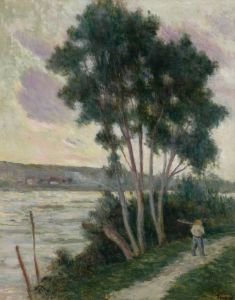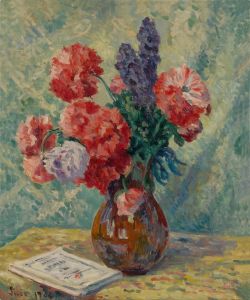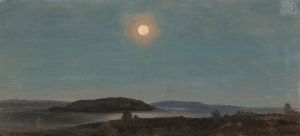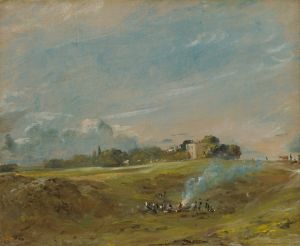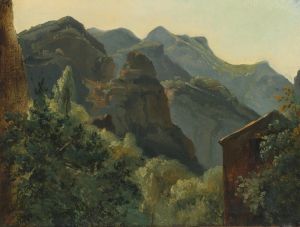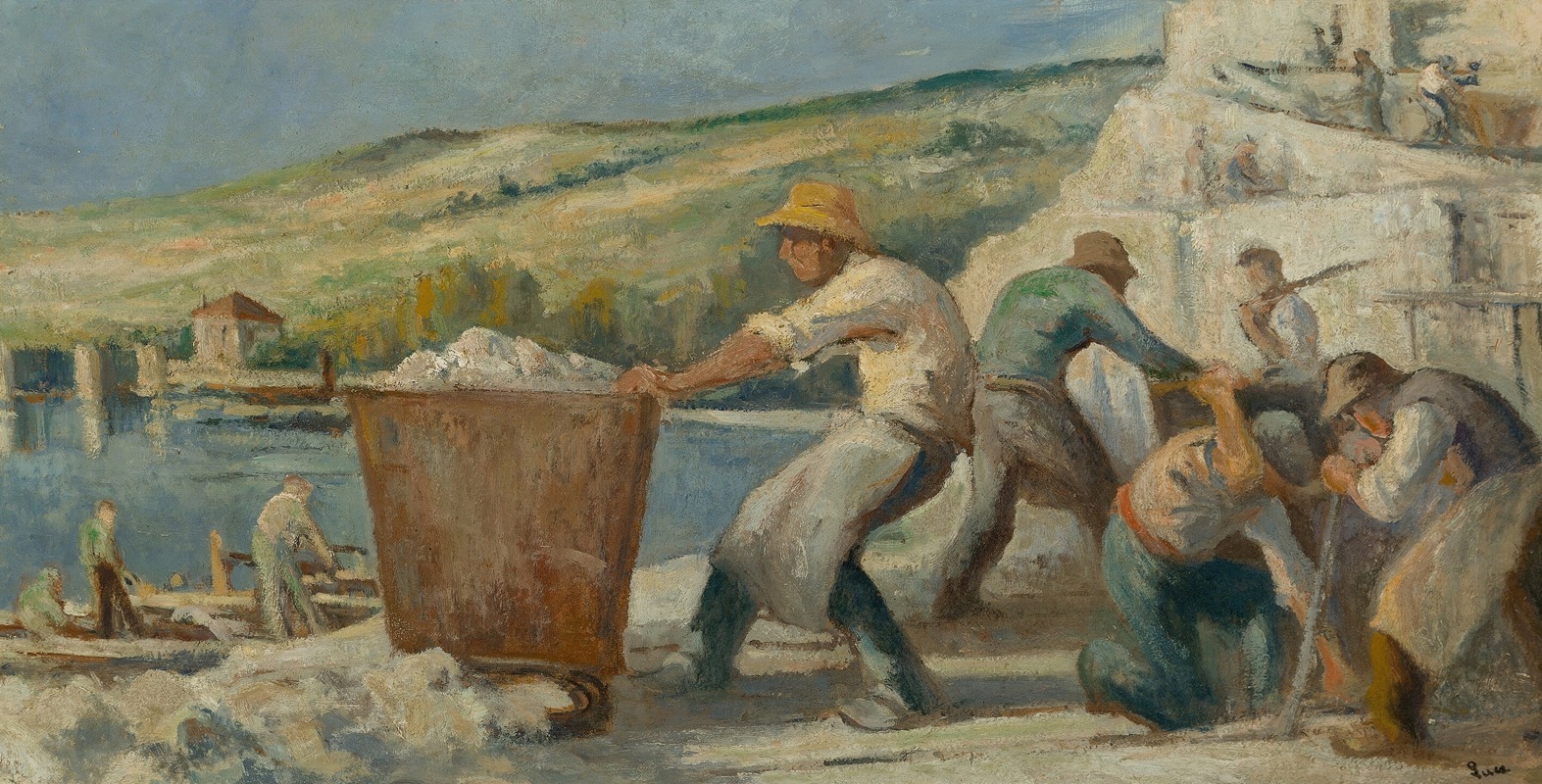
Méricourt, les carrières
A hand-painted replica of Maximilien Luce’s masterpiece Méricourt, les carrières, meticulously crafted by professional artists to capture the true essence of the original. Each piece is created with museum-quality canvas and rare mineral pigments, carefully painted by experienced artists with delicate brushstrokes and rich, layered colors to perfectly recreate the texture of the original artwork. Unlike machine-printed reproductions, this hand-painted version brings the painting to life, infused with the artist’s emotions and skill in every stroke. Whether for personal collection or home decoration, it instantly elevates the artistic atmosphere of any space.
Maximilien Luce was a French Neo-Impressionist painter, known for his depictions of working-class life and landscapes. One of his notable works is "Méricourt, les carrières," which translates to "Méricourt, the Quarries." This painting exemplifies Luce's commitment to capturing the everyday lives of laborers and the environments in which they worked.
Maximilien Luce was born on March 13, 1858, in Paris, France. He initially trained as an engraver before turning to painting. Influenced by the Pointillist techniques of Georges Seurat and Paul Signac, Luce adopted a similar style, characterized by the use of small, distinct dots of color applied in patterns to form an image. This technique is part of the broader Neo-Impressionist movement, which sought to bring a scientific approach to the use of color and light in painting.
"Méricourt, les carrières" is a landscape painting that depicts a quarry in Méricourt, a commune in the Pas-de-Calais department in the Hauts-de-France region of France. The painting captures the rugged terrain of the quarry, with its rocky outcrops and the labor-intensive work being carried out by the quarrymen. Luce's use of color and light in this painting highlights the harsh conditions under which these workers toiled, while also bringing a certain beauty to the industrial landscape.
The painting is notable for its detailed representation of the quarry and the workers. Luce's Pointillist technique is evident in the way he constructs the scene with small dots of color, creating a vibrant and dynamic image. The use of light and shadow in the painting adds depth and dimension, making the viewer feel as though they are part of the scene.
Maximilien Luce was not just an artist but also an anarchist, and his political beliefs often influenced his work. He was deeply concerned with social issues and the plight of the working class, which is reflected in many of his paintings, including "Méricourt, les carrières." By choosing to depict the lives of ordinary laborers, Luce aimed to bring attention to their struggles and the dignity of their work.
Throughout his career, Luce remained committed to the principles of Neo-Impressionism, even as the movement evolved. He continued to experiment with color and light, producing a body of work that is both technically innovative and socially conscious. "Méricourt, les carrières" is a testament to Luce's skill as a painter and his dedication to portraying the realities of working-class life.
Maximilien Luce's contributions to art were recognized during his lifetime, and he exhibited widely in France and abroad. He was a member of the Société des Artistes Indépendants, an association of artists who rejected the traditional Salon system and sought to promote independent exhibitions. Luce's work, including "Méricourt, les carrières," continues to be celebrated for its technical mastery and its empathetic portrayal of the human condition.
In summary, "Méricourt, les carrières" by Maximilien Luce is a significant work that captures the essence of a quarry in Méricourt through the lens of Neo-Impressionism. The painting not only showcases Luce's technical prowess but also his commitment to social issues, making it an important piece in the history of French art.






